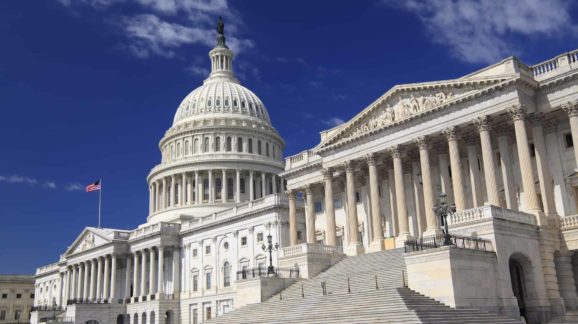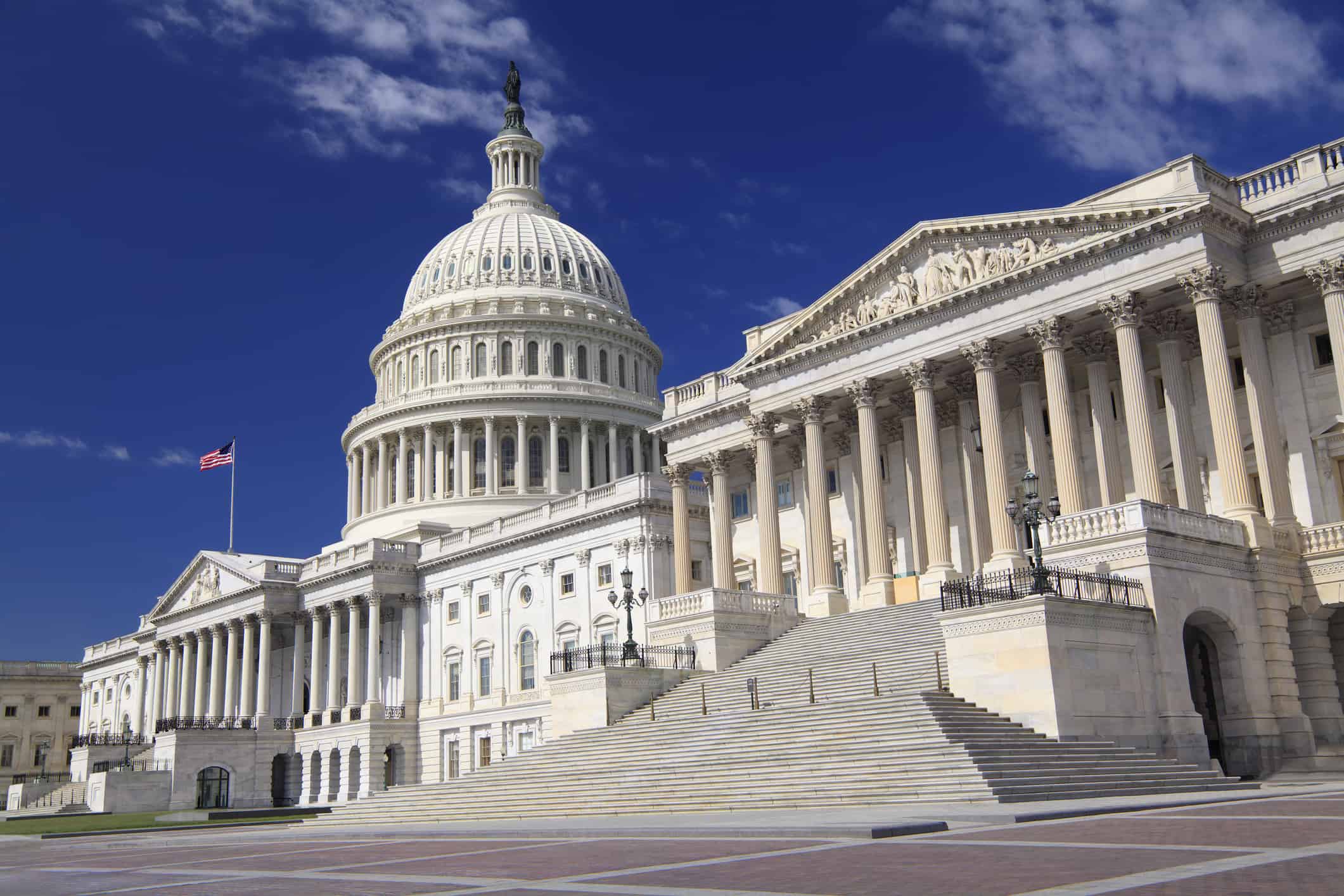Regulatory Reform in Congress

 While the president’s initial flurry of executive orders enacting some regulatory reforms was a pleasant surprise, the next president can undo them with the stroke of a pen. Permanent reforms require Congress to pass legislation. With a possible party change looming in one or both chambers of Congress, it might be now or never for substantive regulatory reforms to become law for the foreseeable future. If Congress and the president are as serious as they say about regulatory reform, here’s a short to-do list for the rest of the year:
While the president’s initial flurry of executive orders enacting some regulatory reforms was a pleasant surprise, the next president can undo them with the stroke of a pen. Permanent reforms require Congress to pass legislation. With a possible party change looming in one or both chambers of Congress, it might be now or never for substantive regulatory reforms to become law for the foreseeable future. If Congress and the president are as serious as they say about regulatory reform, here’s a short to-do list for the rest of the year:
- REINS Act: This bill, which has passed the House four times now, would require Congress to vote on all new regulations costing more than $100 million per year. The goal is to increase elected officials’ oversight over unelected agency officials’ rulemaking. See also my paper on REINS here.
- Regulatory Accountability Act: This bill, which has passed the House, packages six reform bills in one. Reforms include stricter disclosure requirements for agencies regarding new rules; making judicial review of regulations easier; stricter disclosure for rules affecting small businesses and non-profits; require benefit-cost analysis for more regulations; monthly agency reports on upcoming regulations and other activities; and require a plain-language 100-word summary for proposed new regulations.
- Regulatory Improvement Act: This bill would establish an independent commission to comb through select parts of the 178,000-page Code of Federal Regulations. The Commission would send Congress an omnibus package of redundant, obsolete, or harmful rules to eliminate. The RIA’s lead sponsor is a Democrat, which might make Republicans squeamish about giving the other team a victory. But they should pass the bill anyway. Not only would this be a positive political gesture, it’s a needed housekeeping chore that deserves to be expanded upon in future sessions of Congress.
- GOOD Act: Neither chamber has passed this bill yet. It would alleviate the problem of regulatory “dark matter” by improving access to guidance documents that agencies issue. Agencies sometimes circumvent the legally required notice-and-comment rulemaking process by simply inserting regulations into these guidance documents.
These reforms are not a silver bullet, and will not significantly reduce the size or scope of the $1.9 trillion federal regulatory state. But by improving oversight, transparency, and accountability, they provide a needed foundation for other reforms, such as a regulatory budget and regular retrospective review of existing rules. Keep an eye on this space for future developments and reform ideas, as well as this year’s edition of “10,000 Commandments.”